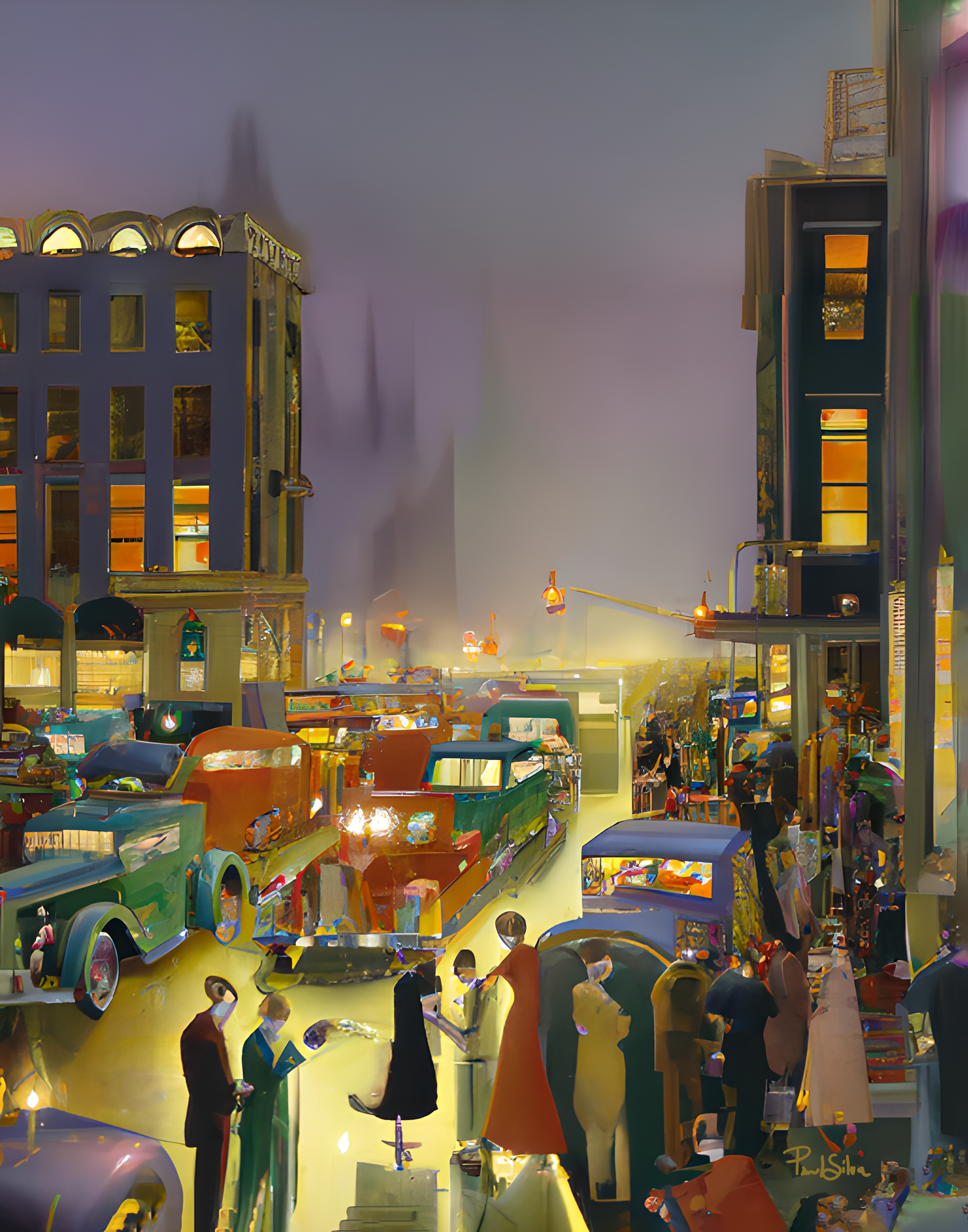The Ai Art Market
Welcome to the future of creativity and imagination at our website, where we specialize in showcasing and selling exquisite prints of AI-generated artwork. Here, technology meets artistry in a dazzling array of prints that push the boundaries of what's possible in visual expression. Each piece in our collection is born from advanced artificial intelligence algorithms, capable of generating stunning, unique artworks that range from surreal landscapes to abstract masterpieces. Our platform provides art enthusiasts and collectors the opportunity to own a piece of this groundbreaking art form, offering prints in various sizes and finishes to suit every taste and interior space. Whether you're decorating your home, searching for that perfect gift, or simply indulging in the beauty of AI creativity, our website is your destination for art that stands out in its innovation and beauty. Explore our collections and immerse yourself in a world where technology breathes life into art like never before.
A brief history of AI and the exciting possibilities it presents.
In 1951, John McCarthy and his colleagues developed the first AI program, the Logic Theorist, which was designed to solve logical problems. This early work in AI set the stage for later developments in the field and helped to shape our understanding of what AI could do. In the 1960s and 1970s, AI research began to focus more on the development of visual arts. In 1965, Harold Cohen developed AARON, a program designed to generate abstract art. This was followed by the development of ELIZA in 1966, a program designed to replicate natural language processing.
Over the years, AI research has continued to focus on the development of visual arts, leading to the creation of AI art. Today, AI art is being used in a variety of ways, from creating artworks to designing fashion collections. AI art is still in its early stages, but its potential is immense. As we continue to explore the possibilities of AI art, we can look forward to more exciting developments in this field
Why Offer Prints of your AI Artwork?
Offering AI art prints online is a great idea because it allows customers to purchase unique, one-of-a-kind artwork without having to go through the process of commissioning a traditional artist. AI art is made using algorithms and computer-generated imagery, so customers are able to purchase artwork that is completely unique and unlike anything else on the market. Additionally, AI art prints can be produced at a much lower cost than traditional artworks, making them more accessible to customers who may not have the budget to purchase a hand-painted piece
AI ART MARKET MEMBERSHIP
$30.00 per month
- Showcase up to 20 images in a custom gallery
- Retail fine art prints in multiple sizes and media
- Dropship order fulfillment of all orders
- Access to exclusive video content on how to market and succeed at selling your art.







